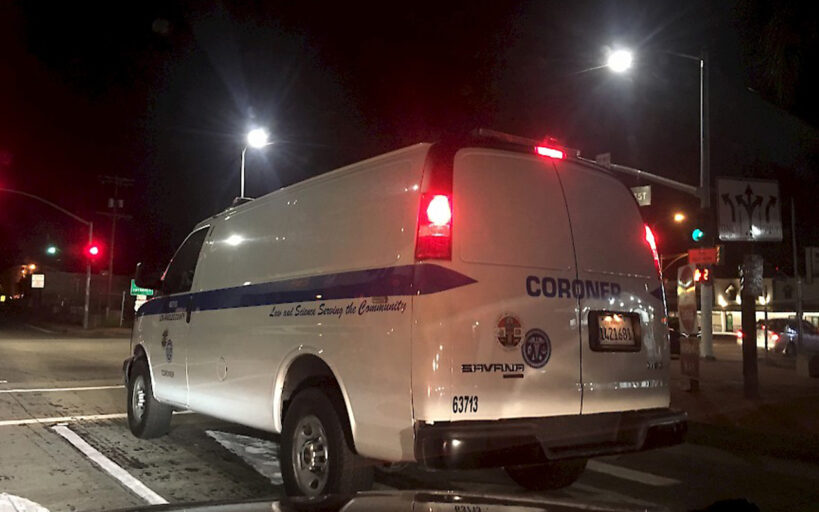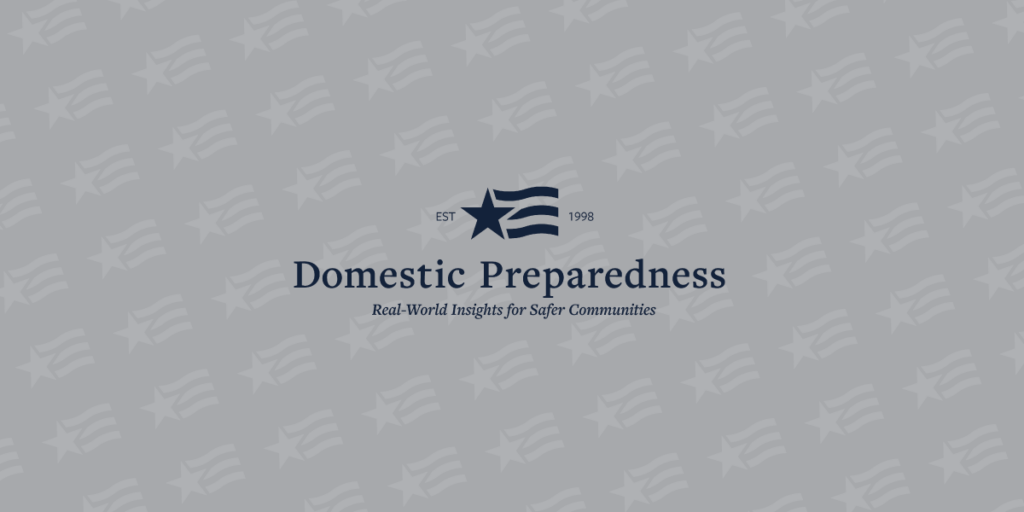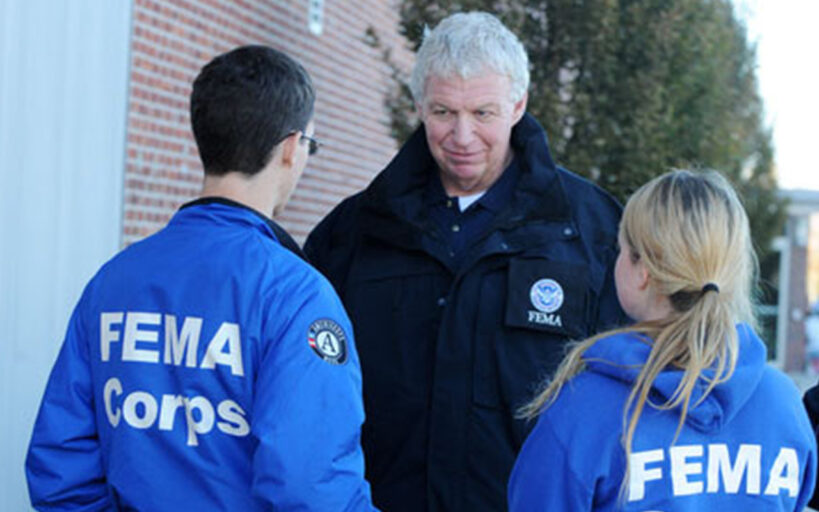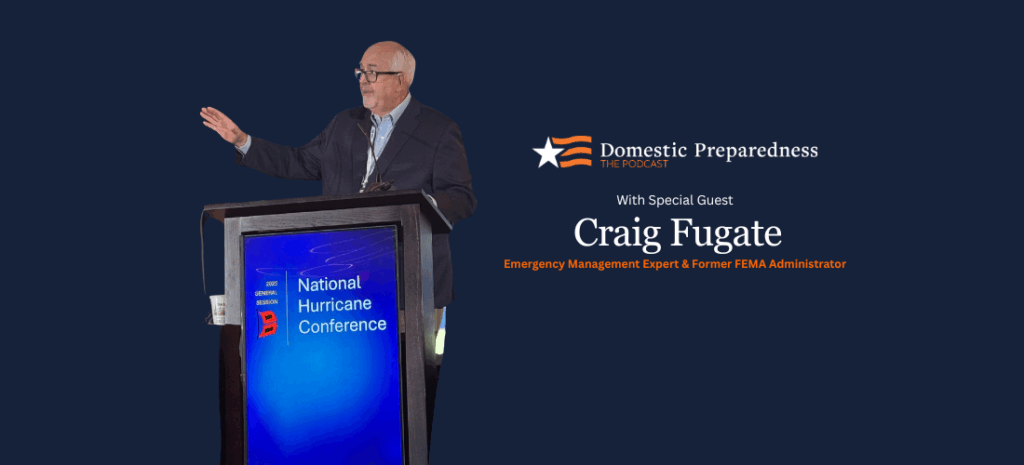Today's Top Picks

Responding to Unique Operating Environments

Mass Fatality Incidents & Challenges for First Responders

Plan Big, Even to Respond Small

Wearable Sensors for Chemical & Biological Detection

Preparing for High-Impact, Low-Probability (HILP) Events

FEMA Corps: Bringing in the Next Generation
Trending
 Bridging Communication Gaps: Lessons from Hurricane Helene by Greg Hauser Hurricanes in 2024 caused widespread damage to infrastructure, leading to a critical but often overlooked issue: isolation. Physical and technological…
Bridging Communication Gaps: Lessons from Hurricane Helene by Greg Hauser Hurricanes in 2024 caused widespread damage to infrastructure, leading to a critical but often overlooked issue: isolation. Physical and technological… A Systems Thinking Approach to Improving Emergency… by William Chapman “PACE” planning helps organizations fail gracefully, but systems thinking reduces the likelihood of failure altogether. Combining both approaches helps organizations…
A Systems Thinking Approach to Improving Emergency… by William Chapman “PACE” planning helps organizations fail gracefully, but systems thinking reduces the likelihood of failure altogether. Combining both approaches helps organizations… Disaster Stress Management in an Emergency Operations Center by Mary Schoenfeldt Disasters affect responders and community members, but they also bring trauma to those working inside emergency operations centers. Distance from…
Disaster Stress Management in an Emergency Operations Center by Mary Schoenfeldt Disasters affect responders and community members, but they also bring trauma to those working inside emergency operations centers. Distance from… Why Emergency Management Is a Good Career for… by Mathew Perrill For many service members, the transition from the military to a civilian workforce can be challenging. They have been trained…
Why Emergency Management Is a Good Career for… by Mathew Perrill For many service members, the transition from the military to a civilian workforce can be challenging. They have been trained…Trending
 Disaster Stress Management in an Emergency Operations Center by Mary Schoenfeldt Disasters affect responders and community members, but they also bring trauma to those working inside emergency operations centers. Distance from…
Disaster Stress Management in an Emergency Operations Center by Mary Schoenfeldt Disasters affect responders and community members, but they also bring trauma to those working inside emergency operations centers. Distance from… Why Emergency Management Is a Good Career for… by Mathew Perrill For many service members, the transition from the military to a civilian workforce can be challenging. They have been trained…
Why Emergency Management Is a Good Career for… by Mathew Perrill For many service members, the transition from the military to a civilian workforce can be challenging. They have been trained… Bridging Communication Gaps: Lessons from Hurricane Helene by Greg Hauser Hurricanes in 2024 caused widespread damage to infrastructure, leading to a critical but often overlooked issue: isolation. Physical and technological…
Bridging Communication Gaps: Lessons from Hurricane Helene by Greg Hauser Hurricanes in 2024 caused widespread damage to infrastructure, leading to a critical but often overlooked issue: isolation. Physical and technological… A Systems Thinking Approach to Improving Emergency… by William Chapman “PACE” planning helps organizations fail gracefully, but systems thinking reduces the likelihood of failure altogether. Combining both approaches helps organizations…
A Systems Thinking Approach to Improving Emergency… by William Chapman “PACE” planning helps organizations fail gracefully, but systems thinking reduces the likelihood of failure altogether. Combining both approaches helps organizations…Trending
Domestic Preparedness Journal
Featured in this issue: Editor’s Note: Hazards That Can Affect the Mind, Body, and Outcome, by Catherine L. Feinman; A Holistic Strategy for Responders’ Well-Being, by Camilo Olivieri; Disaster Stress Management in an Emergency Operations Center, by Mary Schoenfeldt; Physical and Mental Injuries in First Responders: Why Wait?, by Pascal Rodier; Not Lost in Translation: A Multilingual Corps Approach, by Diana Sanchez-Vega; Meeting the Psychosocial Needs of Child Survivors, by Emily Heard; Psychosocial Hazards: Preventing Human-Caused Disasters, by I. David Daniels; Caring for the Affected at Family Assistance Centers, by Jennifer Stansberry Miller; How I Became an Accidental Disaster Mental Health Specialist, by Adrienne J. Heinz; Podcast – Seasonal Forecasts & Their Limitations With Dr. Philip Klotzbach
Articles Out Loud

Article Out Loud – Wildfire PREsponse: Closing the Gap With Mitigation






